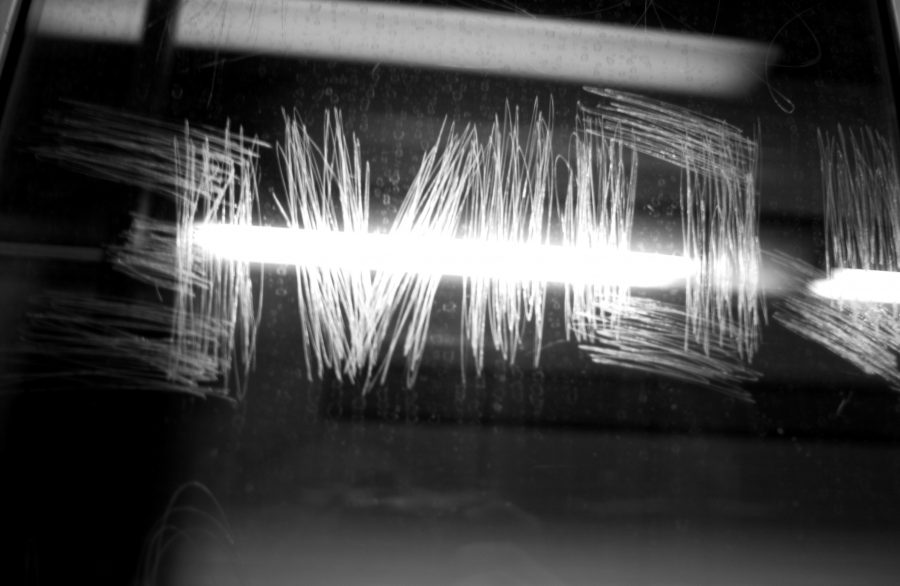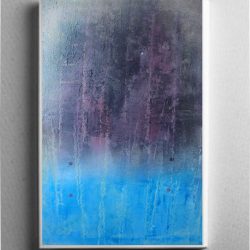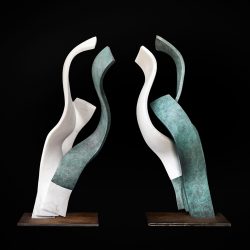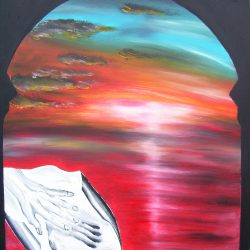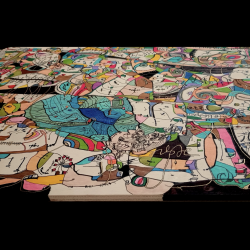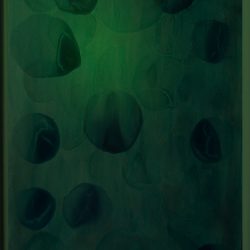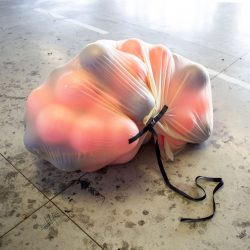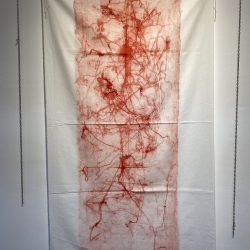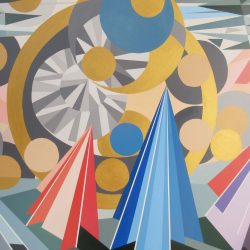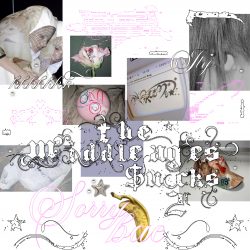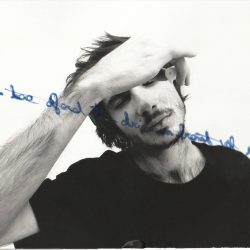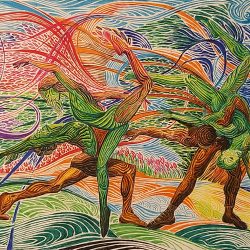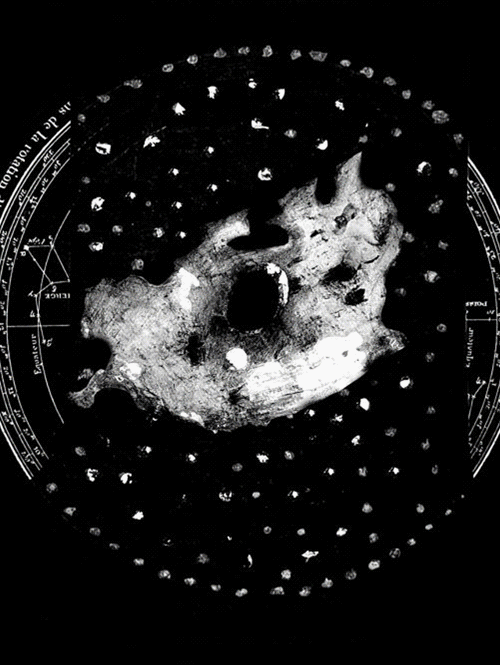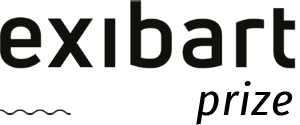work
SCRATCH
| category | Photography |
| subject | Abstract |
| tags | graffiti , streetart, arteurbana, metropolitana, segno, scratch, vandalismoartistico, pitturadisegno, urbanismo, metropoli, ribellione, anonimato, segnografico, incisioneurbana, spazioappropriato, palinsesto, finestrinoinciso, cittàcontemporanea, resistenzaartistica, linguaggiovisivo, graffitiwriting, segretourbano, asemicwriting, undergroundculture, memoriaurbana, tracciaindelebile, gestoribelle, codiceurbano, newyorkgraffiti, graffiti, urbanart, subway, mark, urbanvandalism, paintingdrawing, urbanism, metropolis, rebellion, anonymity, graphicmark, urbanincision, appropriatedspace, palimpsest, scratchedwindow, contemporarycity, artisticresistance, visualanguage, urbansecret, urbanmemory, indelibletrace, rebelliousgesture, anonymousart, urbancode |
| base | 40 cm |
| height | 30 cm |
| depth | 0 cm |
| year | 2003 |
The presented image asserts itself with its brutal and incisive energy, a snapshot of an action sedimented over time, a gesture that transforms into urban memory. The window of a subway train is transfigured into a visual palimpsest, where the "mark"—the deep and decisive scratch—becomes a linguistic code of metropolitan contemporaneity. An act of appropriation of public space, a scratch that cries out presence, existence, resistance. The intensity of black and white emphasizes the contrast between the scratched glass and the light passing through it, resulting in an image with an almost graphic character, as if the metropolis itself were speaking through the anonymous gesture of those who engraved these lines.
Now let us imagine thirty more similar photographs, a series that constructs a visual alphabet of these urban tags, one after another, composing a metropolitan poem engraved on the skin of the city. Each window is a canvas, each incision an anonymous signature, a manifesto of contemporaneity, of underground rebellion pulsing beneath the streets of New York. Here, graffiti dematerializes, becoming pure abstract sign, a graphic trace that evokes the tradition of Pollock's Action Painting or the gestural experiments of European Informalism. But unlike these pictorial experiences, the gesture is no longer that of the artist in the studio: it is that of the graffiti artist who leaves their imprint in the chaotic flow of the metropolis, in the speed of subway cars carrying stories, bodies, identities.
The modernity of these scratches lies in their purely semiotic essence: the absence of color and the repetition of the stroke make them something different from traditional graffiti. There is no figuration, no decorative lettering, no spray exploding into chromatic fields. Here, everything is synthesis, a stripped-down code, almost a secret street language, an asemic writing that transforms the smooth surface of the glass into a battlefield of vision.
In New York’s subway stations, these scratches multiply, creating an archive of spontaneous gestures, a mapping of human presence. Each incision is an irreversible action, a sort of wound on the skin of public transport, an imprint of an individual choosing to leave a mark of their existence. In an era dominated by digital technology, where images dissolve into a continuous and immaterial flow, these scratches are a form of concrete resistance, an inscribed writing that cannot be erased with a click, a primordial gesture reaffirming the physicality of the mark in the age of the ephemeral.
Digitale file
Now let us imagine thirty more similar photographs, a series that constructs a visual alphabet of these urban tags, one after another, composing a metropolitan poem engraved on the skin of the city. Each window is a canvas, each incision an anonymous signature, a manifesto of contemporaneity, of underground rebellion pulsing beneath the streets of New York. Here, graffiti dematerializes, becoming pure abstract sign, a graphic trace that evokes the tradition of Pollock's Action Painting or the gestural experiments of European Informalism. But unlike these pictorial experiences, the gesture is no longer that of the artist in the studio: it is that of the graffiti artist who leaves their imprint in the chaotic flow of the metropolis, in the speed of subway cars carrying stories, bodies, identities.
The modernity of these scratches lies in their purely semiotic essence: the absence of color and the repetition of the stroke make them something different from traditional graffiti. There is no figuration, no decorative lettering, no spray exploding into chromatic fields. Here, everything is synthesis, a stripped-down code, almost a secret street language, an asemic writing that transforms the smooth surface of the glass into a battlefield of vision.
In New York’s subway stations, these scratches multiply, creating an archive of spontaneous gestures, a mapping of human presence. Each incision is an irreversible action, a sort of wound on the skin of public transport, an imprint of an individual choosing to leave a mark of their existence. In an era dominated by digital technology, where images dissolve into a continuous and immaterial flow, these scratches are a form of concrete resistance, an inscribed writing that cannot be erased with a click, a primordial gesture reaffirming the physicality of the mark in the age of the ephemeral.
Digitale file



